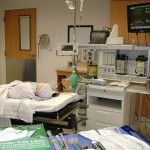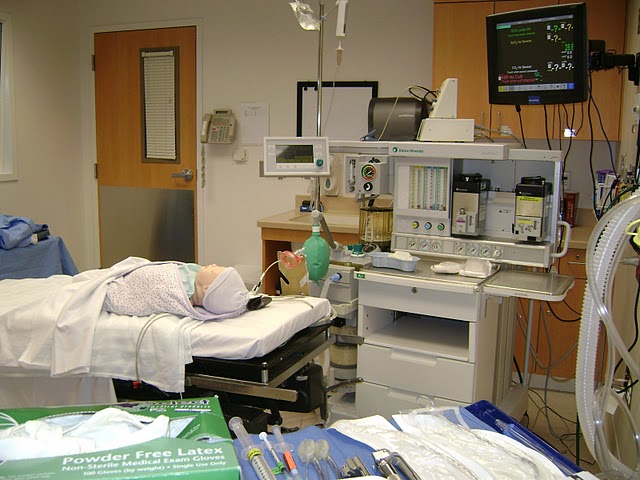 Ensuring that the necessary equipment is present and in working condition is foundational in providing safe anesthetic care to each patient and is a standard of care to which we are held. Patients expect their anesthetist to be properly prepared for each and every case. The following comes from the Anesthesia Patient Safety Foundaton:
Ensuring that the necessary equipment is present and in working condition is foundational in providing safe anesthetic care to each patient and is a standard of care to which we are held. Patients expect their anesthetist to be properly prepared for each and every case. The following comes from the Anesthesia Patient Safety Foundaton:
“While chatting with a patient about to undergo a laparoscopic cholecystectomy, you administer an induction dose of propofol and an intubating dose of vecuronium. The patient loses consciousness and spontaneous respiration ceases. You adjust the mask on the patient’s face to establish a secure fit and squeeze the reservoir bag, only to find that you are unable to deliver a positive pressure breath. A quick visual inspection of the breathing circuit does not reveal the cause of the problem. Can you reliably ventilate this patient before he becomes hypoxic? Is an alternative method of ventilation readily available and functioning? Is there a reliable source of oxygen? Furthermore, you are using a relatively new anesthesia machine that performs an automated checkout procedure. What functions of the anesthesia machine did the automated checkout actually evaluate? Did you perform a thorough check of the machine before use that could have detected the source of this problem?”
An article by Samuel Demaria, Jr., MD published in Anesthesia/Analgesia in 2011 titled Missed Steps in the Preanesthetic Set-Up discusses common steps that are omitted in the set-up process and offers a revised set-up procedure with the following steps being essential on every case:
- Manual ventilation device
- Full machine checkout done
- Adequate suction
- Emergency airway devices (endotracheal tube, laryngeal mask airway)
- Emergency drugs
- Working IV
- ASA monitors
The study found that The most frequently omitted step was the availability of a manual resuscitation device. Another notable finding was that rooms with 5 or more cases scheduled had a higher incidence of missed steps when compared with rooms with less than 5 cases.
Click here to read the original article and review the guidelines.
The Anesthesia Patient Safety Foundation is committed to ensuring a safe anesthetic for every patient. In the APSF newsletter Spring 2008, Jeffrey M. Feldman, MD, MSE presented New Guidelines Available for Pre-Anesthesia Checkout.
Click here to read the article as published in the APSF newsletter.
“Do no harm” is one of the foundational tenets of healthcare and patients (and their lawyers) expect anesthesia providers to be prepared for each and every case. Review the articles and guidelines above and return to procrna.com to leave a comment.
